- Expert advice/
- Venues & vendors/
- Florists & flowers/
- Who Pays for Wedding Flowers?
- Florists & flowers
Who Pays for Wedding Flowers?
Wedding flowers are an important part of ceremonies and receptions, but who pays for wedding flowers? Here, we break down the typical wedding flower costs and who pays for what.
Last updated February 5, 2024
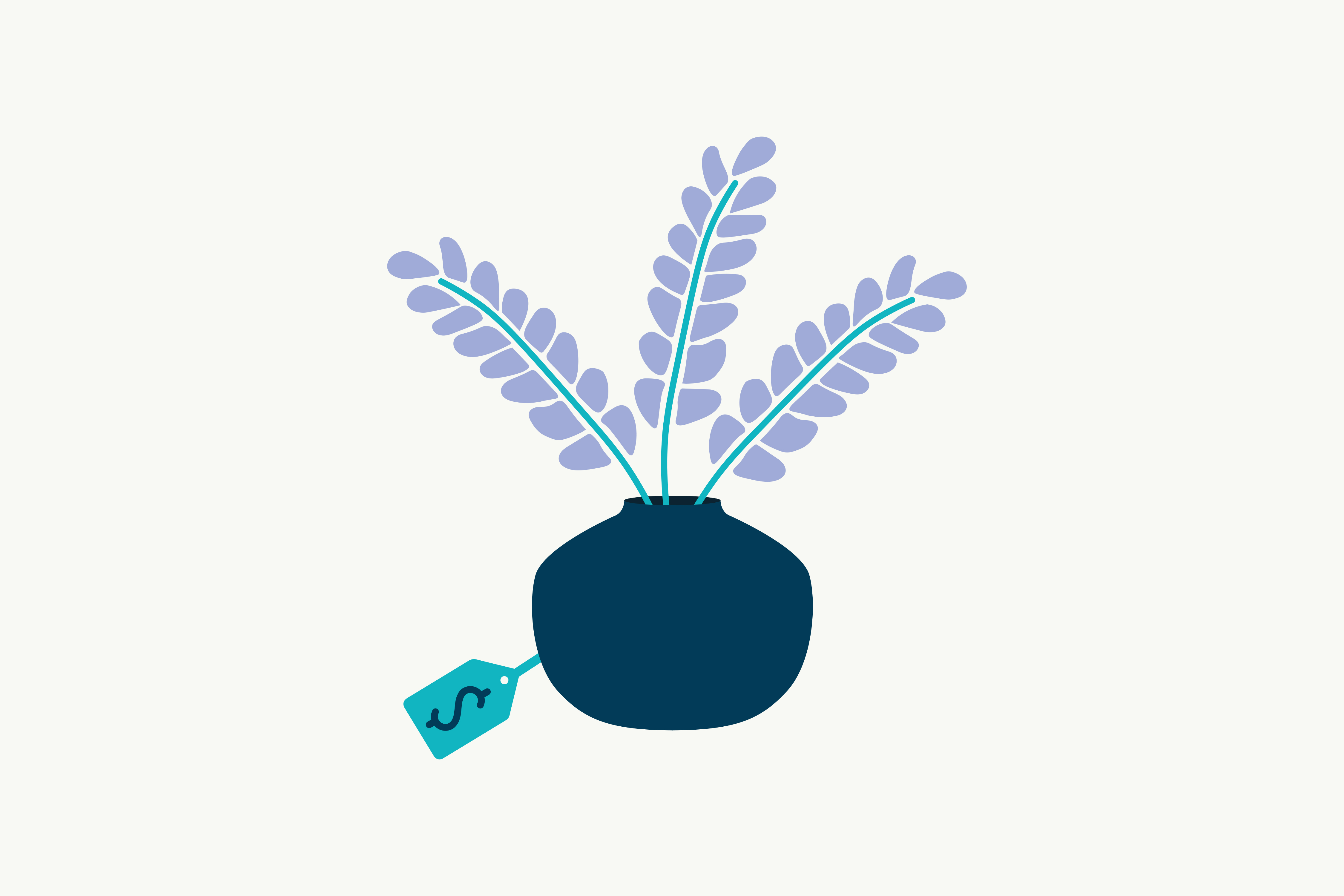
Wedding flowers are a beautiful part of your big day. Whether you decide to incorporate flower archways, stunning centerpieces, natural flower crowns, or simply jaw-dropping bouquets, wedding flowers have many roles and purposes. But, who pays for wedding flowers?
As you will soon learn in your wedding planning process, there are no hard rules about who pays for what these days. But there are some traditions and things to consider. Here, we will explain who typically pays for wedding flowers and all of the other wedding flower etiquette that you need to know.
In this article you will find:
- Part 1: Wedding Flowers: Everything You Need to Know
- Part 2: Wedding Flower Expenses
- Part 3: Who Pays for Wedding Flowers?
- Part 4: How to Save on Wedding Flower Costs
Do I Really Need to Think About Who Pays for Wedding Flowers Right Now?
Yes, before you start designing your wedding vision board and ordering stems, you need to consider who will be footing your wedding flower bill. Wedding flowers can be expensive, depending on your needs and style choices, so it’s important to establish a wedding flower budget off the bat. (You can find an affordable wedding florist to help keep costs down, too, but more on that later.)
In this article, we’ll explain everything you need to know about wedding flowers, wedding flower costs, and, yes, who pays for wedding flowers. To that end, let’s get into it.
Part 1: Wedding Flowers: Everything You Need to Know
There’s a lot to know about wedding flowers. Between finding the right florist, choosing a color scheme, and deciding on what flower arrangements you’d like, there are many things to consider. But don’t sweat—we have everything you need to know about wedding flowers here.
Wedding Flower Budget
While we may all wish that we had an unlimited wedding flower budget, the truth is that wedding flowers can be expensive. That’s why it’s important to establish a budget before you start wedding planning, as well as earmark money for wedding flowers. Setting a budget for your entire wedding is key and it can help prevent you and your partner from overspending and blowing your budget—a situation that no one wants to be in.
So, how much do wedding flowers cost? Wedding flowers can cost anywhere from $700 to $2,500, depending on your budget. In the US, the average amount that couples spend on wedding flowers is $1,500.
Here’s a breakdown of the average cost of wedding flowers:
- Bridal bouquet: $100 to $350
- Wedding party bouquets: $65 to $125 each
- Boutonnieres: $15 to $50
- Wrist corsages: $40 to $80
- Flower girl petals: $50 to $75 per bag
- Centerpieces: $200 to $400 each
- Floral arches: $75 to $125, depending on materials and design
How to Pick Wedding Flowers
When deciding on wedding flowers, there are some specific things to keep in mind. Here we will break down the main things to consider—this is a critical process to go through before talking about who pays for wedding flowers.
Wedding Flower Season
Opting for seasonal flowers is often a more affordable option than picking stems that are not in bloom. If you’re getting hitched in the summer, you’ll have plenty of seasonal options to choose from, meaning you’ll likely get fresher flowers at a better price point.
Using seasonal flowers also means that your florist can source locally and that there’s less demand given there’s an abundance of selection. This is all good news for you. It’s also a way to cut down on costs and ensure that you can get a few pricier stems—should you have some on your wishlist! Be sure to check out our guide on seasonal wedding flowers to get inspiration for summer, spring, fall or winter affairs.
Wedding Flower Needs
When determining who pays for wedding flowers, you need to figure out your wedding flower needs and how much that will cost; in other words, you need a budget. You can’t expect anyone—yourself included!—to pay for wedding flowers without knowing the price first.
You’ll need to evaluate your venue and what florals you want to use to decorate. Ask yourself: Do I need floral centerpieces, an archway, or a garland? You can do a walk-through with your florist, or show him or her photos of your venue to brainstorm ideas. He or she will be able to help determine the cost once he or she understands the lay of the land.
Wedding flower needs also include the flowers that you and your partner will be requiring on your big day (think bouquets, boutonnières) and the needs of your wedding party. Are all bridesmaids holding bouquets? Wearing corsages? It’s helpful to make an itemized list with cost so that you can get an overall sense of what you need (or at least want) and how much it will cost. This wedding flower checklist is super helpful.
Wedding Flower Designs and Colors
It’s best to use your venue and wedding location to inspire your wedding flower designs and colors. If you’re getting married on a beach in the summer, you’ll likely incorporate local flowers and want an archway to say “I do” underneath. Hawaii is known for its plumerias, which make for gorgeous wedding bouquets.
Likewise, if you’re getting married in the fall at a rustic venue, you’ll lean towards richer colors, such as deep reds or purples, and fall foliage. Popular winter wedding flower styles include roses, carnations, and hypericum berries. Do some research on what flowers look best in which season.
How to Find a Wedding Florist
Finding a florist that matches both your style and budget is key. Check out a florist’s social media accounts and website to get a sense of his or her work to see if you like the designs and style. If you’re a fan of minimal flower arrangements, you’ll want to go with a florist that creates jaw-dropping creations with fewer stems. If you’re wanting elaborate, over-the-top creations, go with a florist known for his or her innovative and eye-grabbing pieces.
When shopping for a wedding florist, ask around: Do your friends know anyone great? Who shows up on a local florist search in your area? What are people saying on social media? Does your wedding coordinator have any suggestions? Be sure to do your homework and reach out to a few florists that catch your eye. Schedule some calls to get to know a florist’s personality so that you can see if you share the same vision before booking him or her. It will make the process smoother for everyone.
When to Order Wedding Flowers
Deciding on flowers can be a time-intensive process. Between deciding on colors, designs, budget… it’s a lot. That’s why it’s important to start early and reach out to a florist nine to 10 months before your wedding day.
Part 2: Wedding Flower Expenses
Wedding flower expenses vary depending on needs, budget, venue, and location. Some cities typically have higher costs than others, factoring in considerations such as access to fresh flowers and how competitive the local wedding industry is.
While couples often pick and choose what wedding flower elements they want on their big day, typical wedding flower expenses include:
Wedding Bouquet(s)
There are many different types of bridal bouquets: from biedermeier to nosegay, and round to contemporary. Bouquets are one of the most recognized and popular elements of wedding flowers, as they are used during the ceremony and in wedding photos.
The cost of wedding flower bouquets depends on the flowers that you use, the size of the bouquet, and the seasonality of the flowers. A wedding bouquet, often carried by brides, can cost anywhere from $100 to $350. The bigger and fancier the bouquet, the more expensive it will be.
Wedding Party Bouquets or Bridesmaid Bouquets
Many couples will have members of the wedding party carry bouquets, too. They are often held by bridesmaids and the maid of honor, and they match the design and color palette of the wedding bouquet. These bridesmaid bouquets usually cost between $65 to $125, depending on the size and design and how many bouquets are ordered.
Boutonnieres
Wedding boutonnieres are little flower accessories typically worn on the lapel of the groom and groomsmen’s jackets. That being said, anyone can wear a boutonniere, and some brides opt for this floral accessory if they’re wearing a suit, too. Important family members, such as the fathers and grandfathers of the couple, often sport a boutonniere, too.
Wedding boutonnieres are a wedding flower cost that typically ranges from $15 to $50 each, depending on the flowers used and the complexity of the design.
Wrist Corsages
Just like boutonnieres, wrist corsages are often worn by members of the wedding party—especially the bridesmaids. Mothers of the couple and grandmothers often sport corsages, too. Officiants often either wear a boutonniere or corsage, depending on their preference and style. Wedding corsages average around $40 to $80 each, depending on their design and the flowers used.
Arches
Wedding flower arches are becoming increasingly popular. When deciding whether or not you want a flower arch at your wedding, take into consideration the location of your wedding, the season of your event, and your wedding aesthetic. If you decide you do want an arch, then it’s time to pick the flowers. Consider your wedding theme, which flowers are in season, the local geography and climate of your wedding location, and, of course, your budget. Wedding arches cost anywhere between $75 to $125.
Centerpieces
Centerpieces are an important part of wedding decor. Wedding centerpieces that include flowers can cost anywhere between $200 to $400 each, depending on design and size. Of course, some couples opt to have centerpieces that do not include flowers at all, and instead use decor such as candles, which can be a cost-effective alternative.
Part 3: Who Pays For Wedding Flowers?
There are no official rules today on who should pay for wedding flowers, but there are some traditions when it comes to whose family pays for what. At the end of the day it comes down to what you and your partner are comfortable with as a couple, and what your loved ones can—or wish to—spend money on. Not everyone is in the same financial situation, so it’s important to be upfront and have honest conversations with your soon-to-be-spouse and your families. To that end, here is some insight on who pays for wedding flowers.
Bride’s Family
Traditionally, the bride’s family pays for nearly everything involved in the wedding, but today things have changed. Even if you and your partner decide to foot the majority of the wedding costs yourself, the bride’s family often pays for the bulk of the wedding flowers. This cost includes the flowers at the wedding ceremony and reception, and the wedding party bouquets.
Note that wedding flowers at the ceremony and reception can vary in costs depending on how many stems you use. This means that if a bride’s family is paying for wedding flowers, the amount can drastically range in price. Be sure to get their financial approval before spending.
Groom’s Family
The groom’s family traditionally covers the rehearsal dinner, which means that if flowers are involved in that event then they’d fall under their expenses. That being said, on the wedding day the groom’s family often pays for the bride’s bouquet, boutonnieres, and corsages for members of the wedding party—including family members of the couple.
Of course, some grooms’ family members will offer to pay for more or even split the costs with the bride’s family. If this situation applies to you, be sure that both sides of the family have access to the wedding budget ahead of time so that they have an idea of what they are signing up to cover. After all, you don’t want any surprises.
The Couple
These days many couples cover the costs of their wedding themselves, which includes wedding flowers. If you and your partner are paying for your nuptials, be sure to allocate enough money for wedding flowers.
Like every other aspect of wedding planning, it’s important to minimize stress and be on the same page about how much you are both comfortable spending. There are ways to cut down on wedding flower costs—which we will get to soon—and also get crafty and make arrangements or floral decor, such as archways, yourself.
How to Talk Wedding Flower Costs
If family members are paying for wedding flowers, it’s important to communicate with them ahead of time about the budget and how much they’re able to spend. Being able to talk about money is very important during the entire wedding planning process, but especially if someone else is footing your bills.
Start off by budgeting your wedding flowers, and showing your estimated costs to whoever has offered to pay. Let them offer feedback and let you know if they can afford what you’re hoping to spend. Depending on their financial situation, family members may offer to pay for all of your wedding flowers or a portion of the costs. The bottom line is that you don’t want to put loved ones in an uncomfortable or hard financial situation, so it’s best to clearly communicate expectations.
Part 4: How to Save on Wedding Flower Costs
It’s hard to imagine, but most couples spend about 10 percent of their wedding budget on flowers. It’s not hard to go over budget, whereas cutting down on costs requires thought and planning. There are several ways on how to save on wedding flower costs, but here are some top tips.
Seasonal Flowers
Like we said above, using seasonal flowers is a great way to cut down on costs. Not only does this help ensure that you aren’t paying a premium for out-of-season or speciality stems, but you’ll also get the most bang for your buck, as seasonal flowers are going to be the freshest options available. Ask your florist what the most affordable seasonal variations are, or reach out to growers yourself and ask what they have available. You may be able to score a bit of a deal from buying from suppliers directly.
More Affordable Wedding Centerpieces
Floral wedding centerpieces are stunning, but they can be costly; in fact, they’re often the most expensive part of wedding flowers. It’s possible, however, to have centerpieces without breaking the bank. Use more price-conscious stems to fill out centerpieces (and even bouquets) to help trim costs.
Another way to opt for more affordable centerpieces is by considering their size. While bigger may seem better, it’s often more expensive. You can still get gorgeous wedding centerpieces that are impressive, while being a bit more understated. Think of wowing guests with a pop of stunning color and lush greenery, versus an overwhelmingly large creation. Another trick? Use fewer flowers in more smaller-scale decorations, such as mason jars or thin vases. Spread out smaller pieces of decor across the venue, creating the impression that flowers are everywhere.
Pick a Budget-Conscious Florist
If sticking to a tight wedding flower budget is important to you, be sure you find a florist who shares this sentiment. A good florist will have ideas on how to make your budget work for you and know the most cost-efficient options. He or she should also be able to tell you how much your dream arrangements will cost, while also suggesting ways on how to make them more affordable if they’re out of your price-point.
DIY Wedding Flower Creations
If you’re crafty, put those skills to good use and make your own flower arrangements. Some couples create their own flower wedding arch, while others design their own flower crowns and bring them to life. You can save a decent amount of money by making your own wedding flower creations, which is key when you have a tight floral budget! Our advice? Be sure to do a test run way before your wedding day to iron out any kinks. You don’t want to be making a flower crown the night before your wedding only to realize that you have no idea what you’re doing.
Mix Real Flowers With Faux Flowers
Incorporating some artificial flowers into your design is a great way to save on wedding flower costs. Not only are faux flowers more affordable, many of them look very realistic. Plus, they won’t wilt or lose their shape on your wedding day.
These days one of the most popular styles of artificial wedding flowers are the ones made out of polyester or nylon, or “silk” flowers. They come in a variety of shapes, colors, and sizes, plus they are very easy to mix in with real stems. If done right, guests won’t even know the difference.
Some couples want bridal bouquets to be made of real flowers and are OK with centerpieces being designed with artificial ones. This “mix-and-match” method makes it easier to stretch out wedding flower budgets, and it helps with the transport process; silk or fabric flowers won’t experience the same damage in transport as real flowers might.
Zola: The Destination for All Your Destination Wedding Needs
Wedding flowers are an important part of many couples’ big day and who pays for wedding flowers should be considered early on in the planning process. From bridal bouquets to centerpieces to timeless boutonnieres, there’s no shortage of how to incorporate fresh stems into your nuptials, making it easy to drop a pretty penny on them. That’s why it’s so important to talk early on about who will pay for your wedding flowers.
If the bride’s parents offer to foot the bill, that’s great—thank them and be sure the costs are within their budget. If the couple opts to cover wedding flowers themselves, that’s also perfectly OK. As you know, there are no firm rules about who pays for wedding flowers these days, so long as everyone is on the same page.
Regardless of how many flowers you decide to have on your big day, early budgeting, clear communication, and creative ways to execute your vision will help the wedding flower process go as smoothly as possible. We got you, and you got this!
Up next for you

Who Pays for the Honeymoon?
Advice
It might be the couple, it might be someone else. Find out who pays for the honeymoon and how to save money for your honeymoon here.

Who Pays for Bridesmaid Hair & Makeup?
Advice
What’s the proper etiquette to getting bridesmaid hair and makeup done on the big day? Read on to find out.
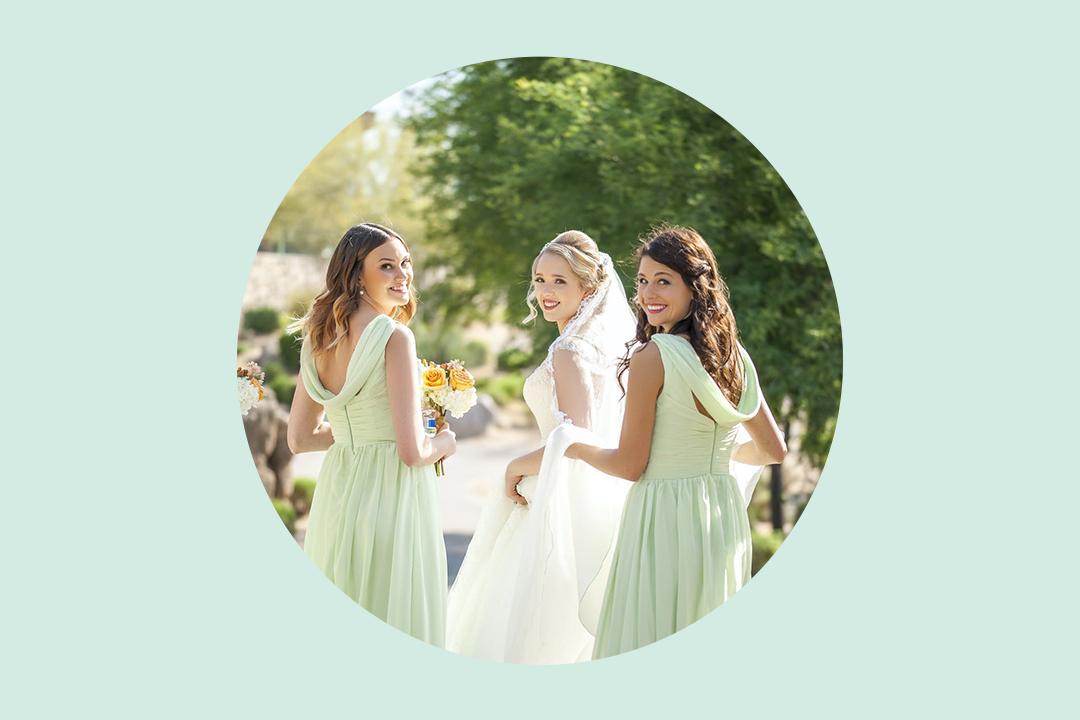
Who Pays for Bridesmaid’s Dresses?
Advice
Not quite sure who should be paying for the bridesmaid's dresses at your wedding? Read our guide to our expert advice.
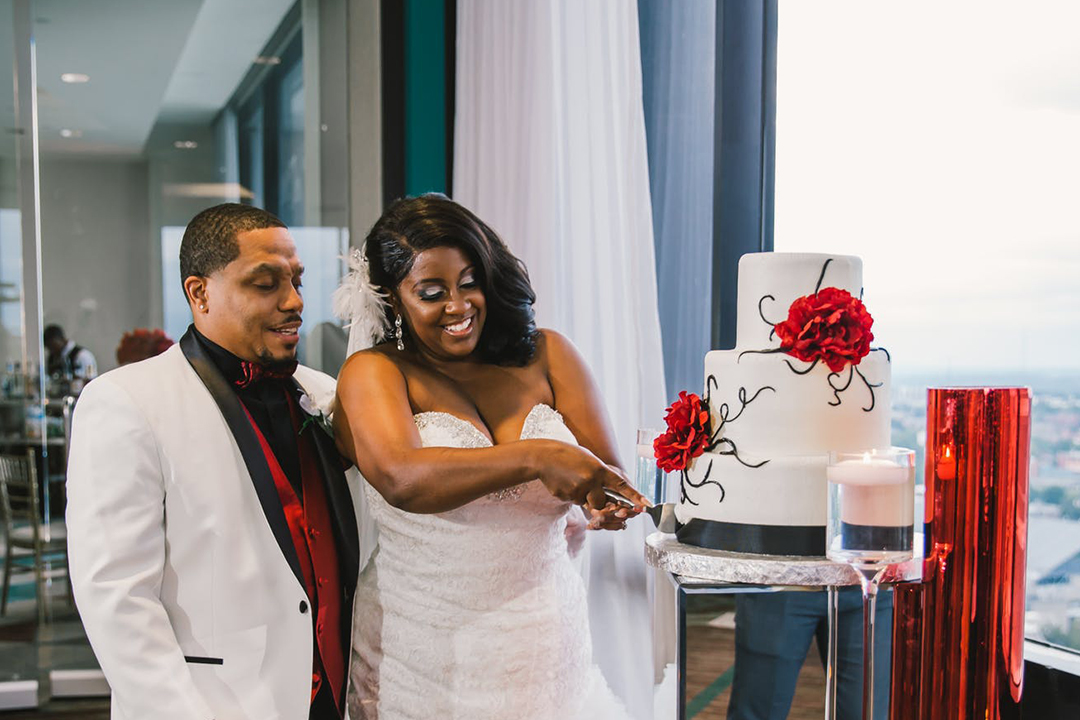
Who Pays for the Wedding Cake?
Advice
Don’t know who pays for the wedding cake? Our experts can help! Read on to learn more about wedding cake etiquette.
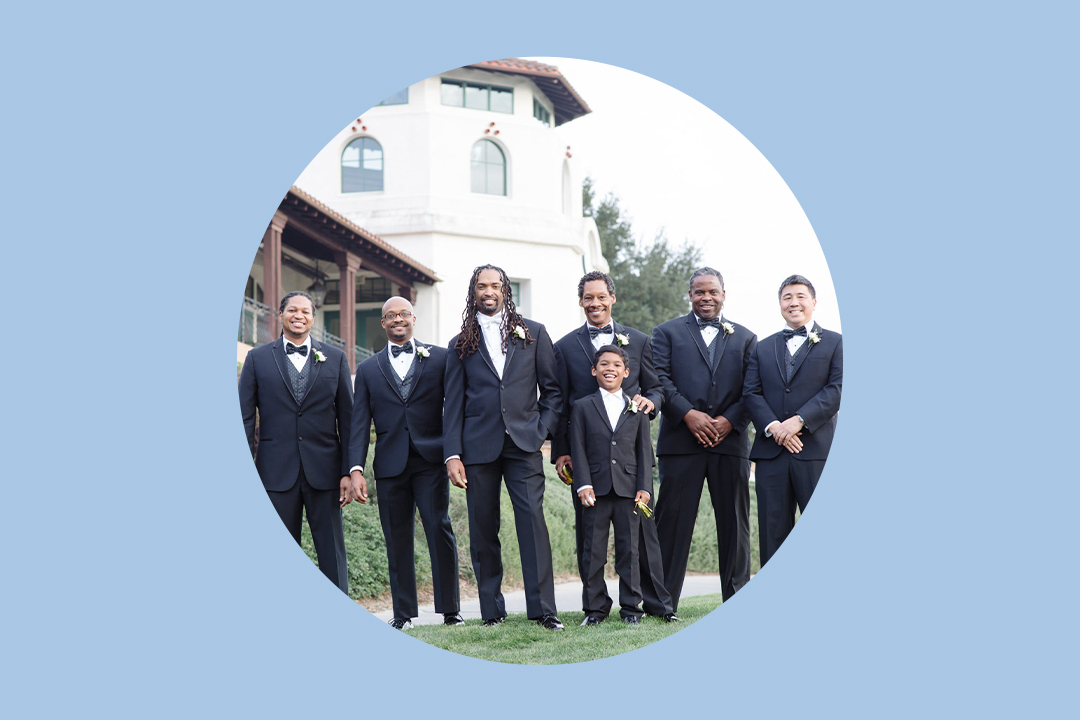
Who Pays for the Groomsmen Suits?
Advice
Do the groomsmen pay for their groomsmen suits, or does that financial responsibility fall on the groom?

Who Pays for the Bachelorette Party?
Advice
Deciding who pays for the bachelorette party can be a tricky conversation. Zola has you covered with an easy guide on who pays for the bachelorette party.
Featured
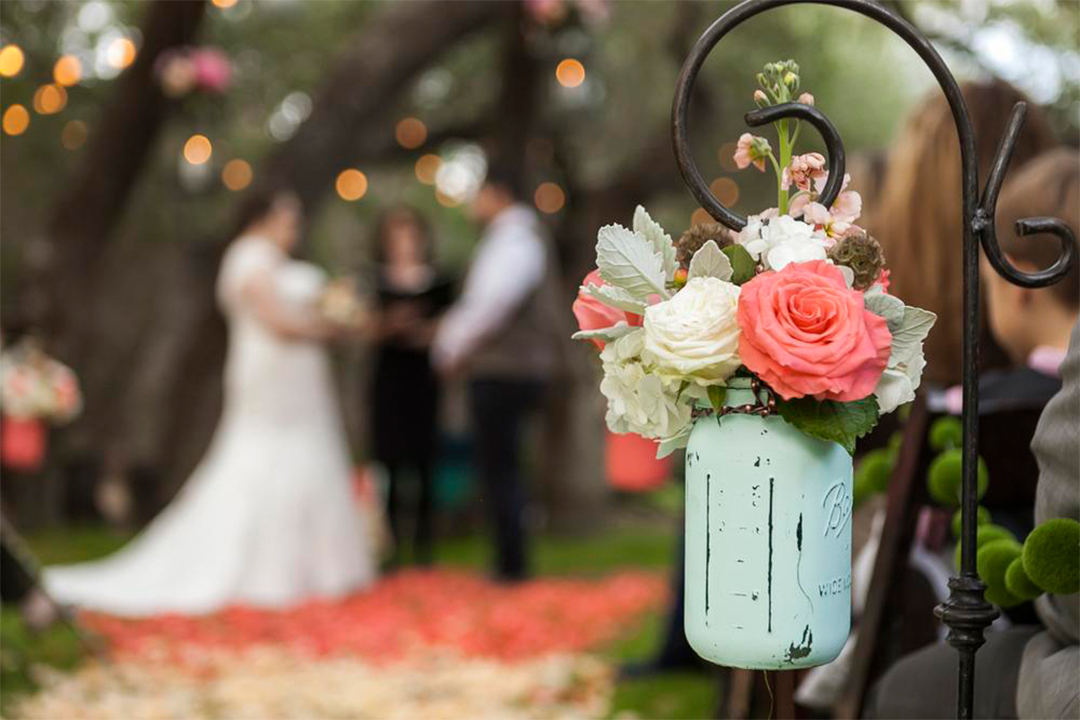
13 Seasonal Flowers for Your Summer Wedding
Inspiration
If you’re planning a summer wedding, having heat-tolerant flowers is essential. We have the best heat-tolerant flower options for you.
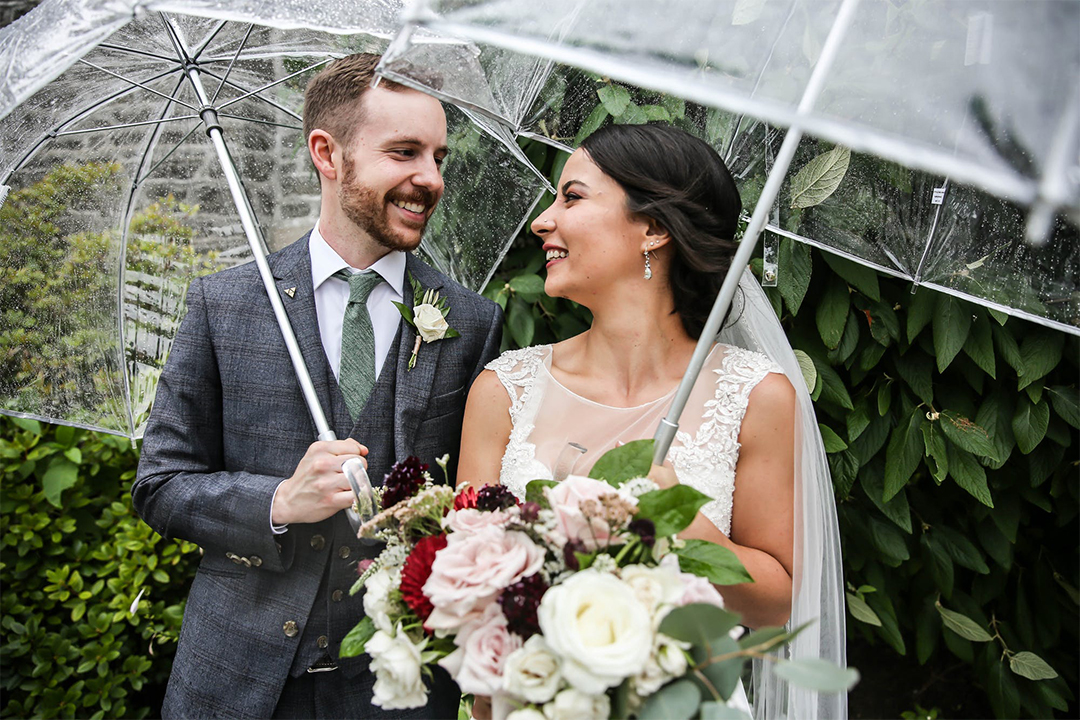
Is Rain on Your Wedding Day Good Luck?
Advice
You may have heard that rain on your wedding day brings good luck. Is it true? Here’s what you need to know.
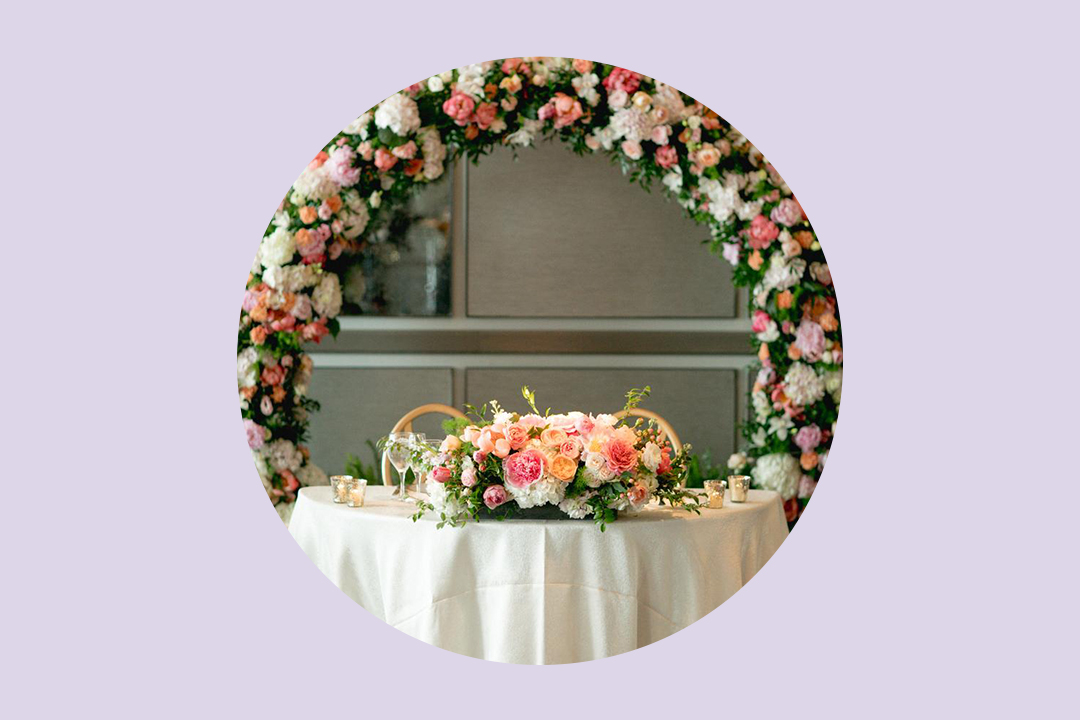
What’s Included in a Wedding Flower Package
Advice
We break down three types of wedding flower packages and the specific items included in each.

Best Single Tier Wedding Cake Ideas
List
For single-tier wedding cakes, presentation makes a big difference.
- Expert advice/
- Venues & vendors/
- Florists & flowers/
- Who Pays for Wedding Flowers?
Find even more wedding ideas, inspo, tips, and tricks
We’ve got wedding planning advice on everything from save the dates to wedding cakes.
